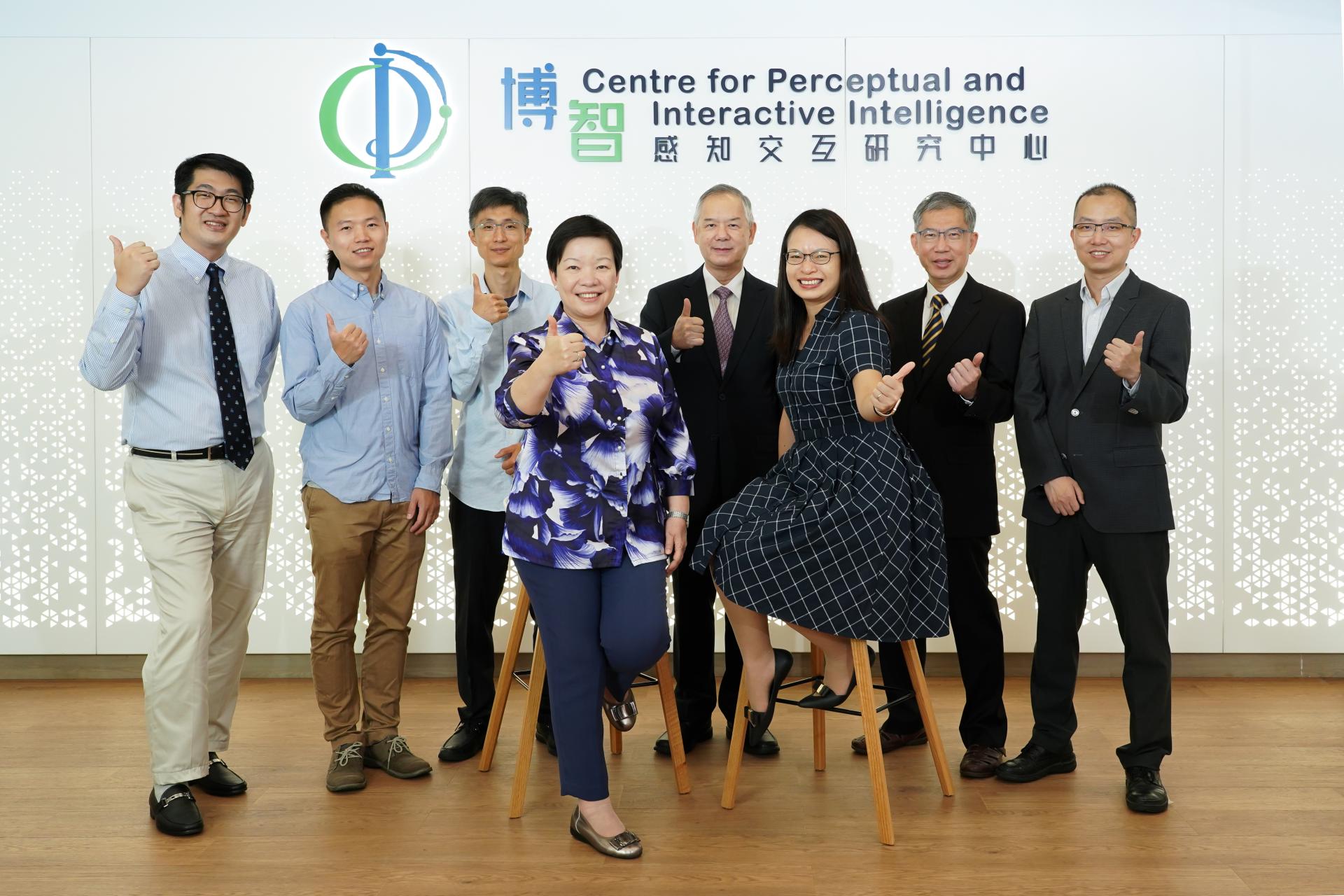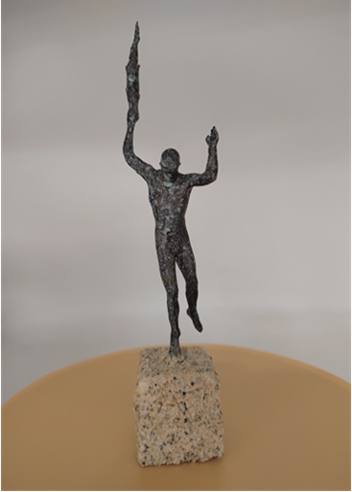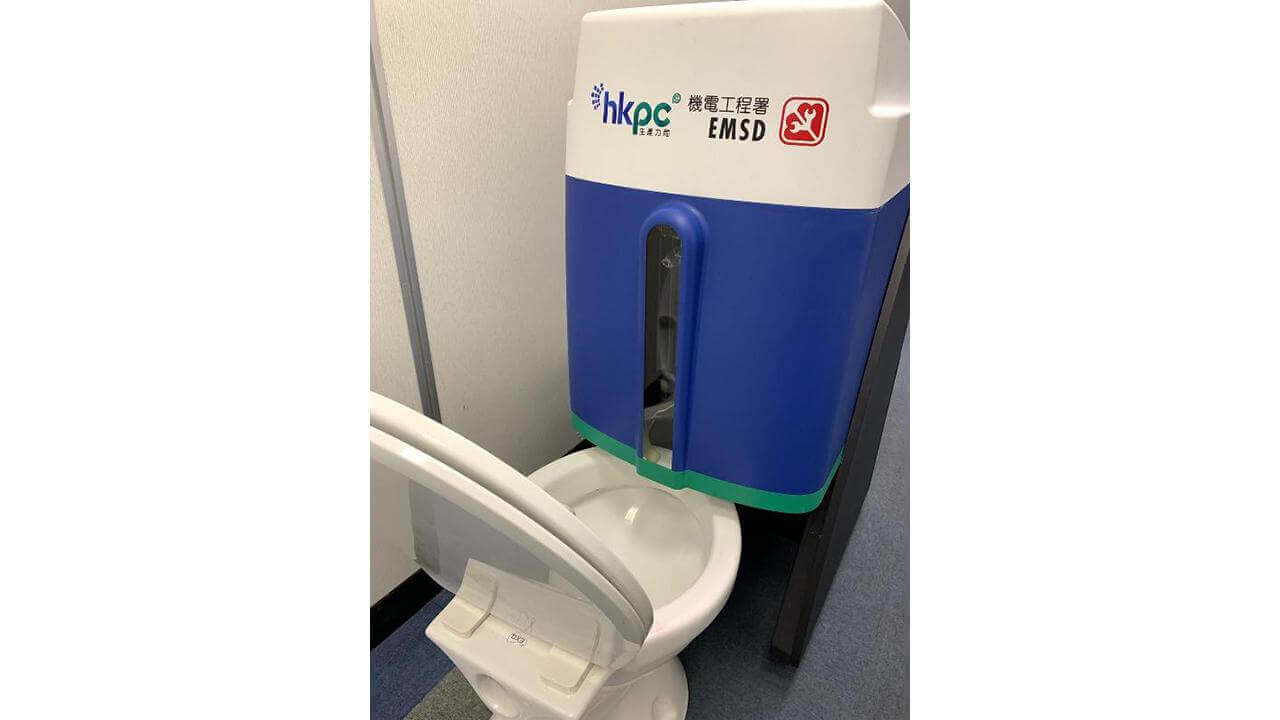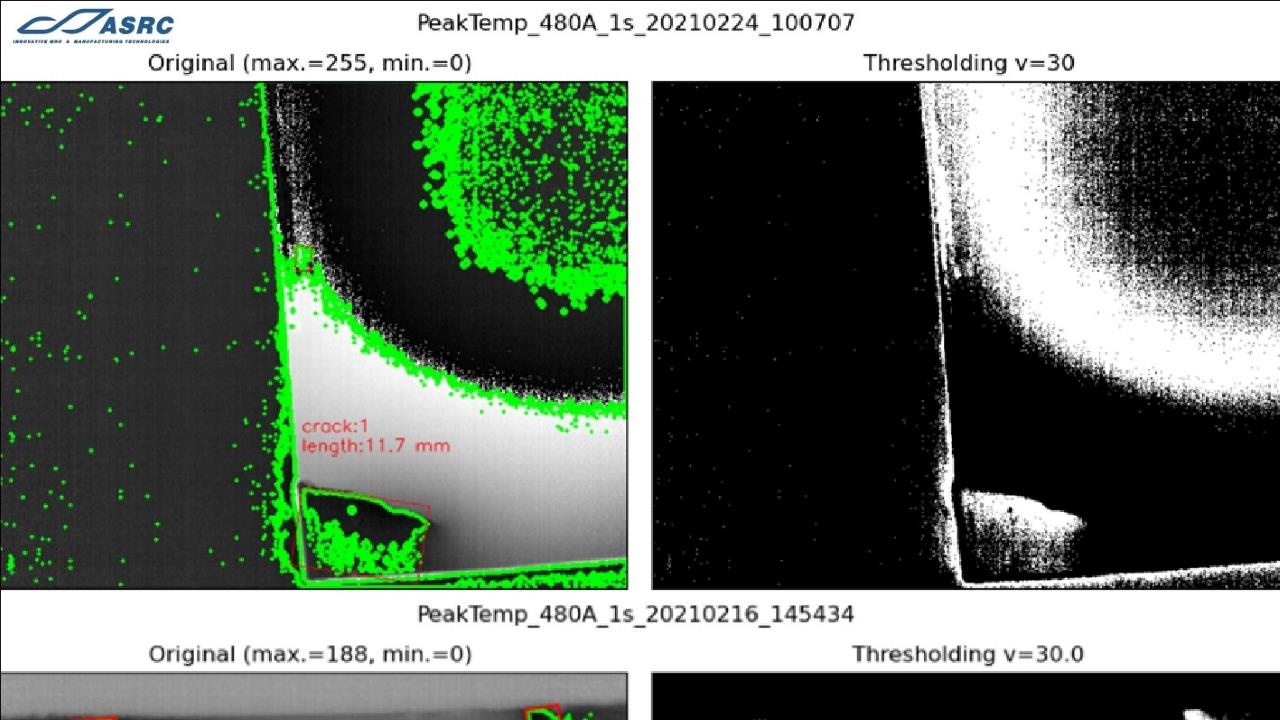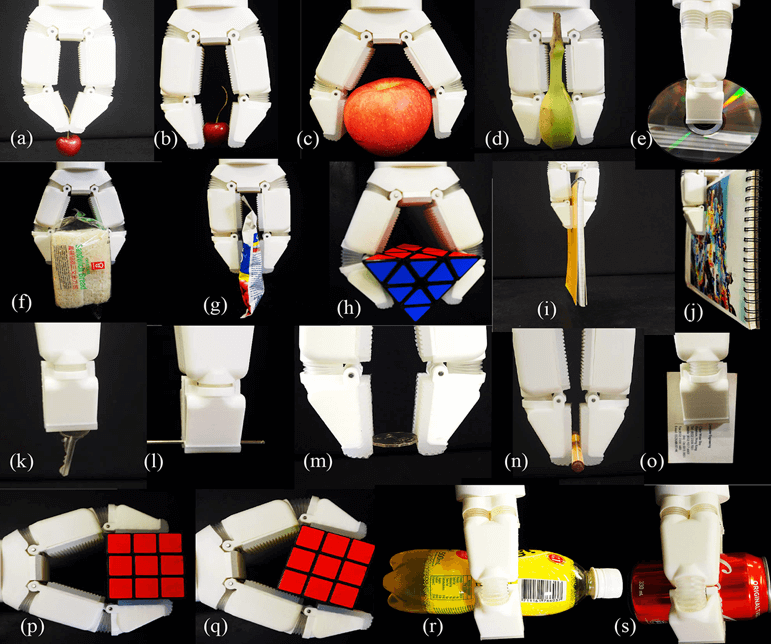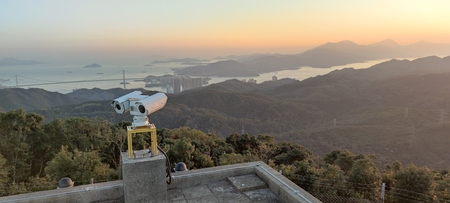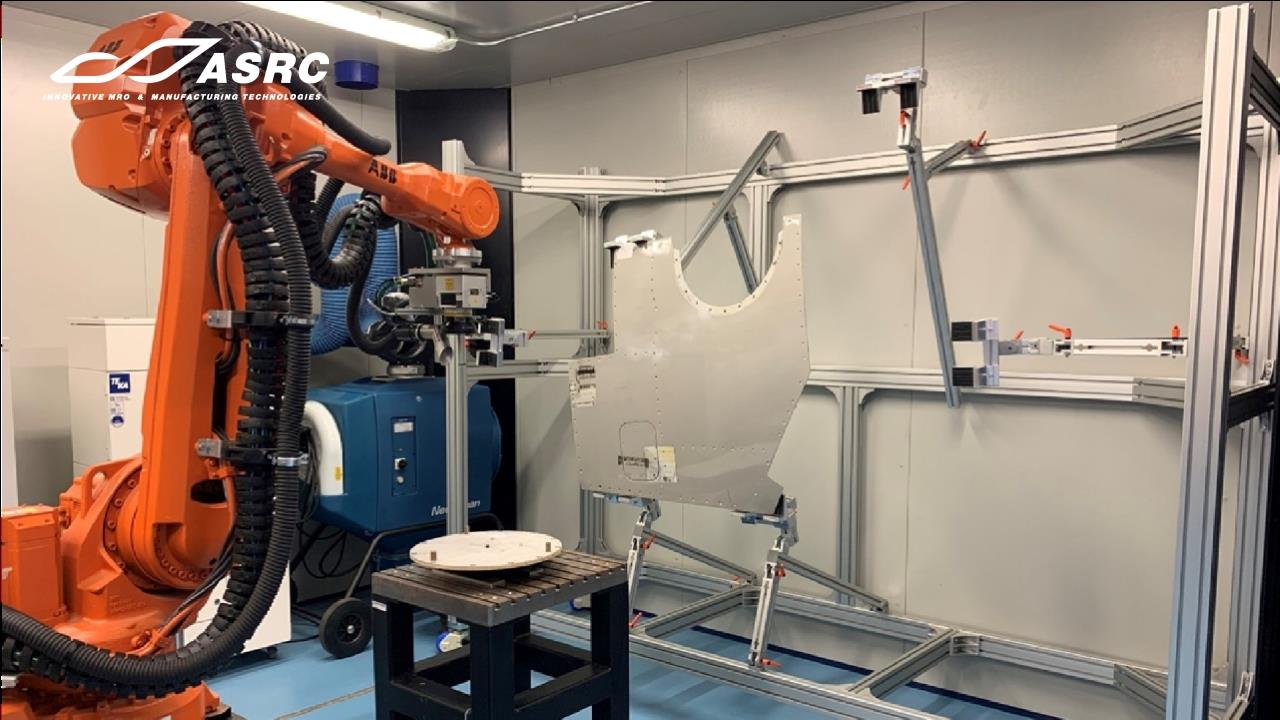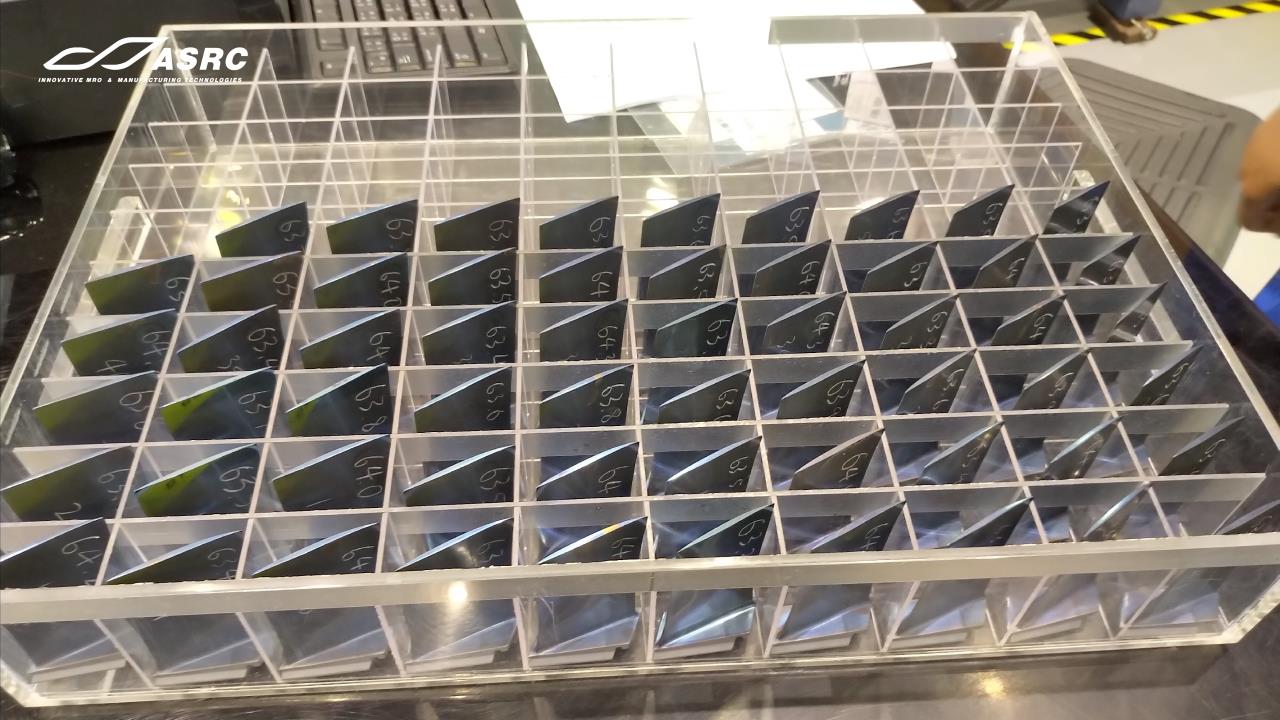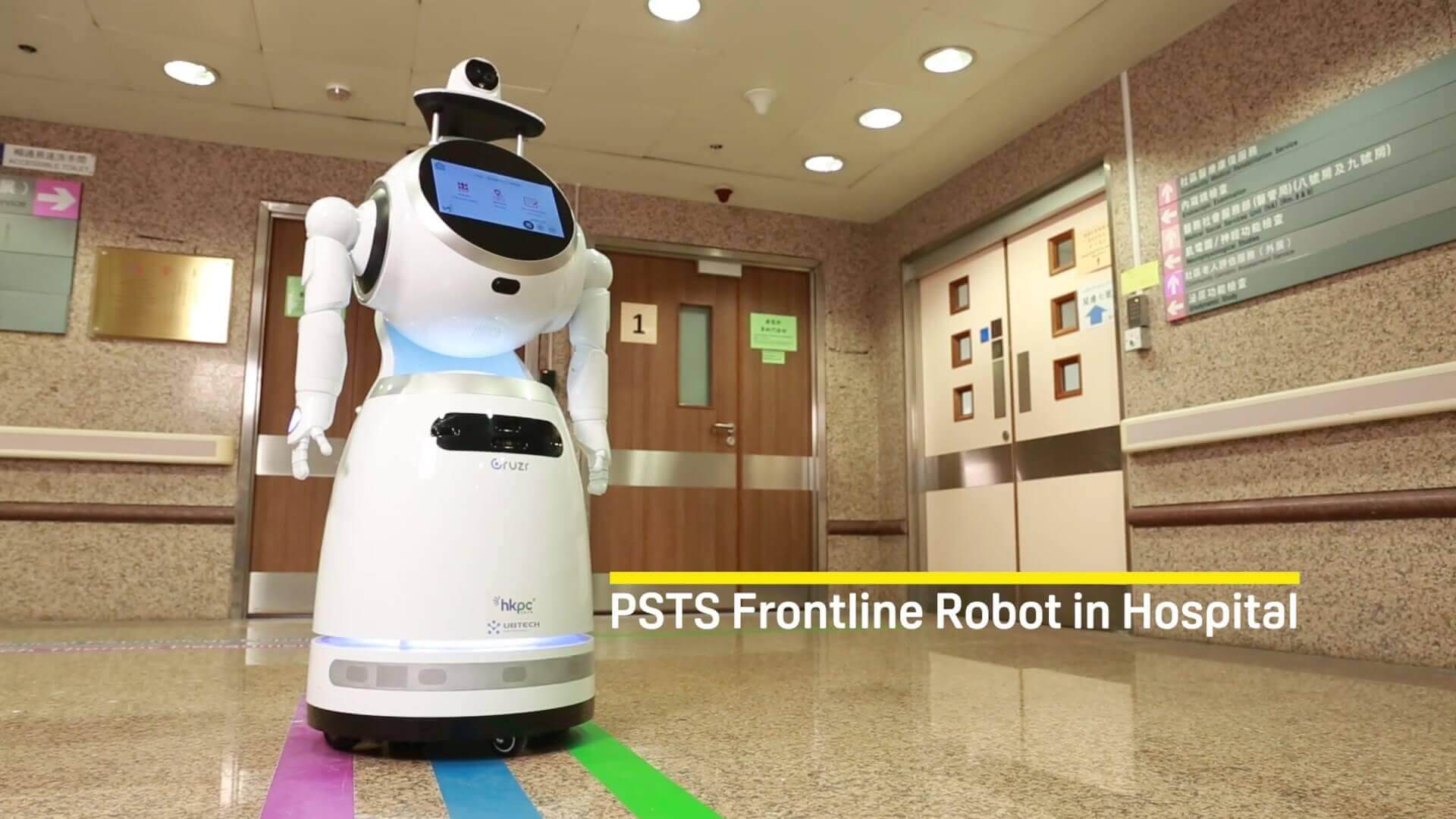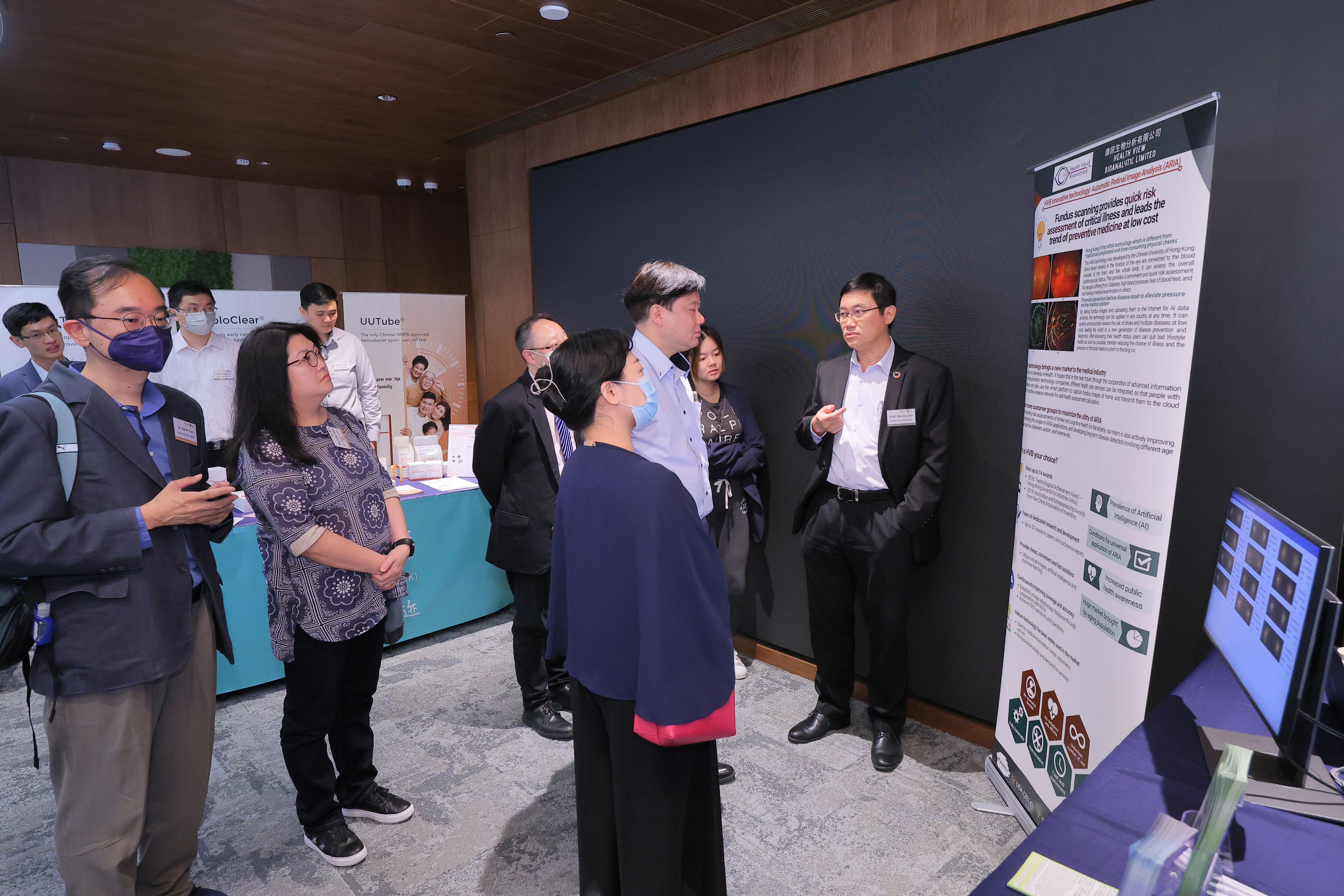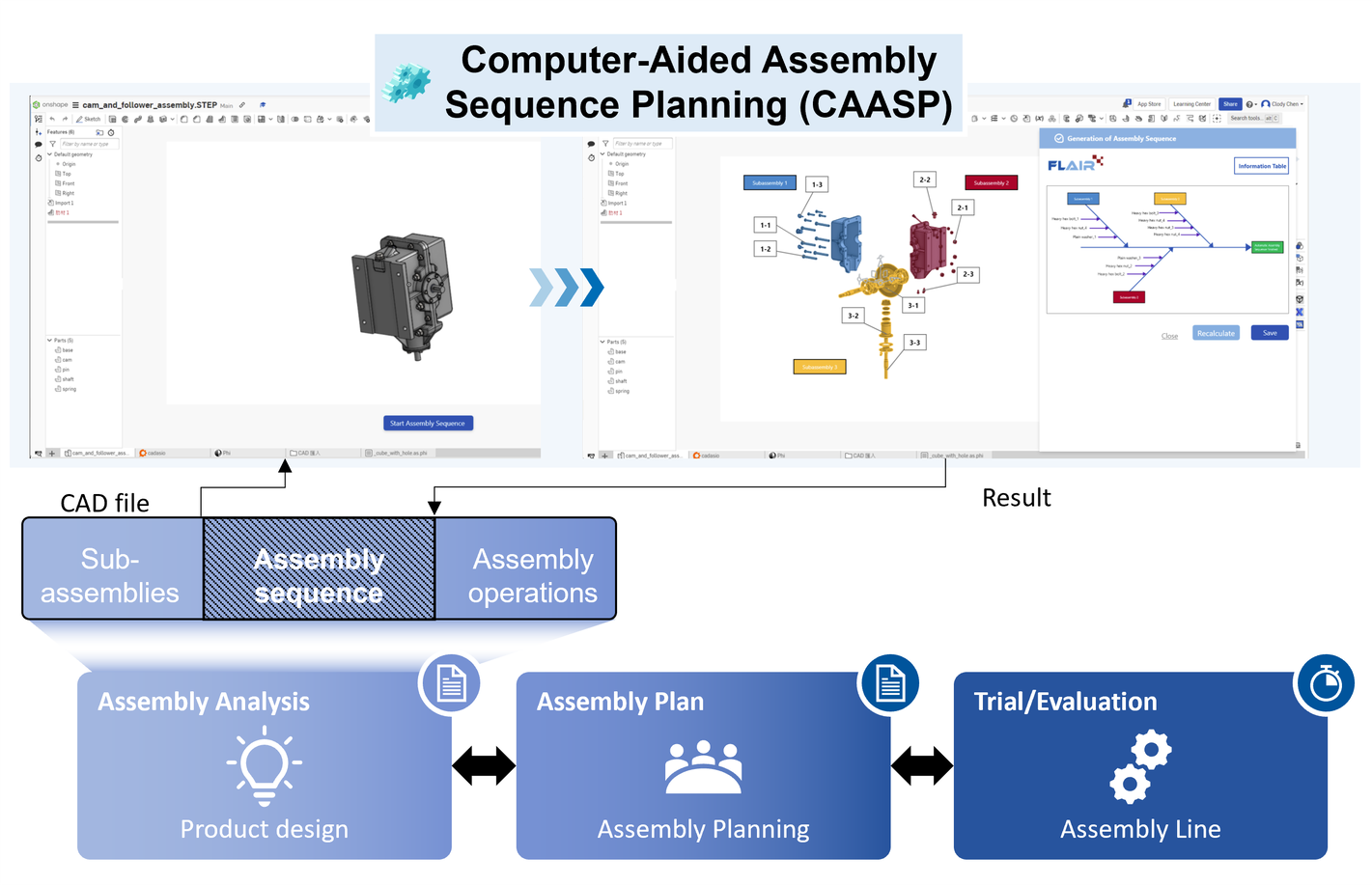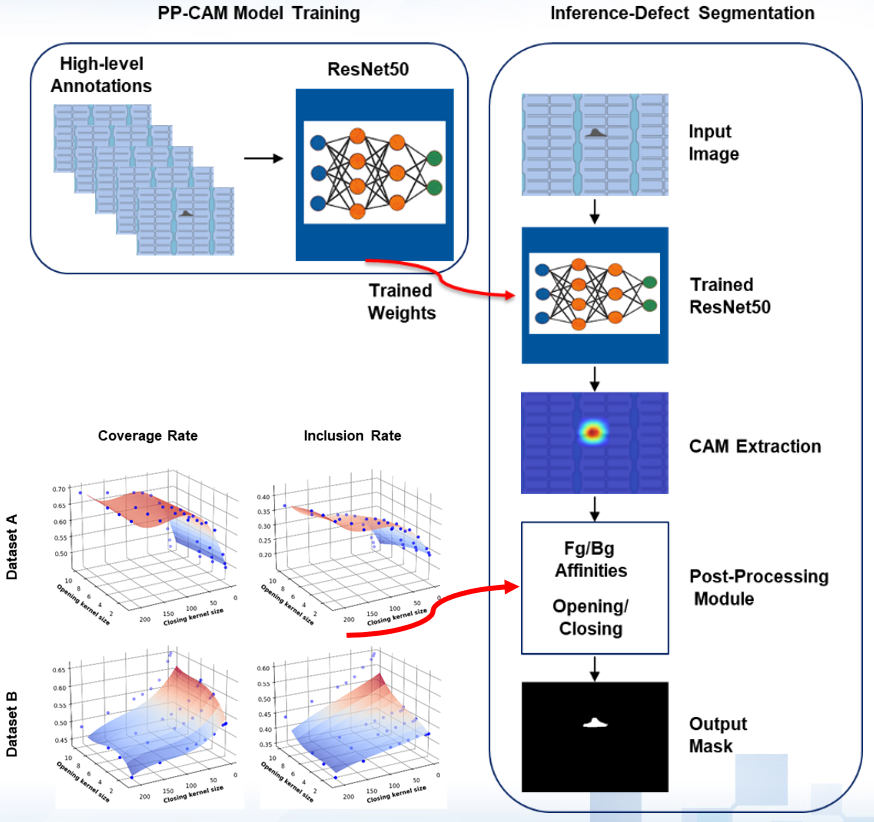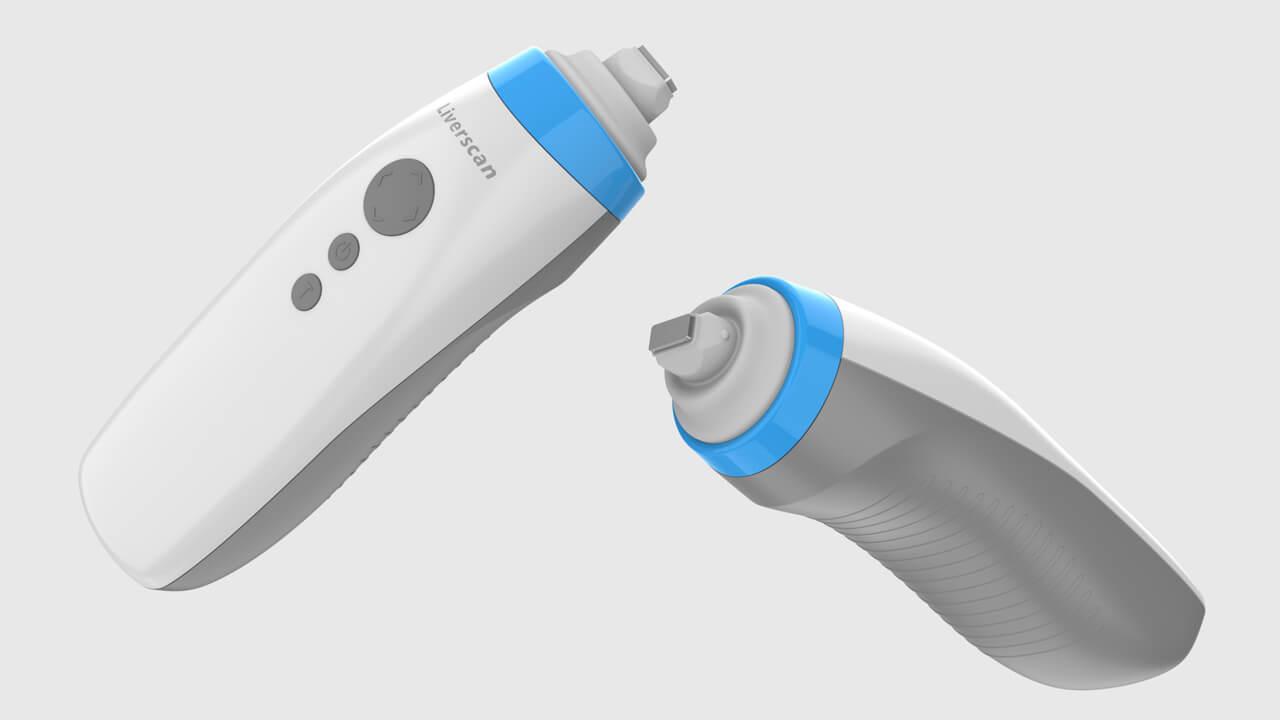
Photogrammetric Reconstruction of a Stolen Statue

To reconstruct a digital 3D model of a stolen/damaged statue using photogrammetric methods. Besides using standard structure-from-motion and multi-view stereo methods, we match image pairs with low overlap using sliding windows and maximize the normalized cross-correlation based on patch-consistency to well align image pairs into a complete model to build the 3D mesh surface.
Limited number of available photos for a stolen statue; the object's appearance changes because of the dirt and the variation of lighting conditions in the photos taken at different time; the camera setup is unknown, without precise information about intrinsic or extrinsic parameters.
- Developed a novel method using photogrammetric techniques for the 3D reconstruction of stolen/damaged statues using only limited number of available photo-tourism photos.
- Introduced a sliding window and maximization of the normalized cross-correlation (NCC) based patch-consistency for matching image pairs with low overlap, resulting in a complete 3D model of the statue's mesh surface.
- Incorporated a prior planar side on the statue's pedestal to cover a large range of statues, making the method applicable to a variety of different statues.
- Preservation of cultural heritage -- the proposed method can help preserve cultural heritage by restoring damaged or stolen pieces that might have otherwise been lost forever.
- Advancement of photogrammetric techniques -- the sliding window and NCC-based patch consistency method proposed represents an advancement in photogrammetric methods for 3D reconstruction.
- Cost-effective preservation -- the proposed method for 3D reconstruction of stolen/damaged statues is cost-effective compared to traditional methods, such as laser scanning or computer-aided design (CAD).
- Increased accessibility to 3D models: The proposed method could provide increased accessibility to 3D models of statues and other cultural artifacts.
- Cultural heritage preservation: The method can be applied to preserve and restore damaged or stolen statues, sculptures, and artifacts, ensuring that they are preserved for future generations.
- Education and research: The 3D models generated by the method can provide increased accessibility to 3D models of statues and be used in education and research settings, allowing for the study of cultural artifacts from different angles and perspectives.
Centre for Perceptual and Interactive Intelligence was established by The Chinese University of Hong Kong in 2020. Our Centre Director Professor Helen Meng and Principal Investigators have rich backgrounds in computer vision, multilingual speech and language technologies, natural language processing, and AI-enabled design automation.
